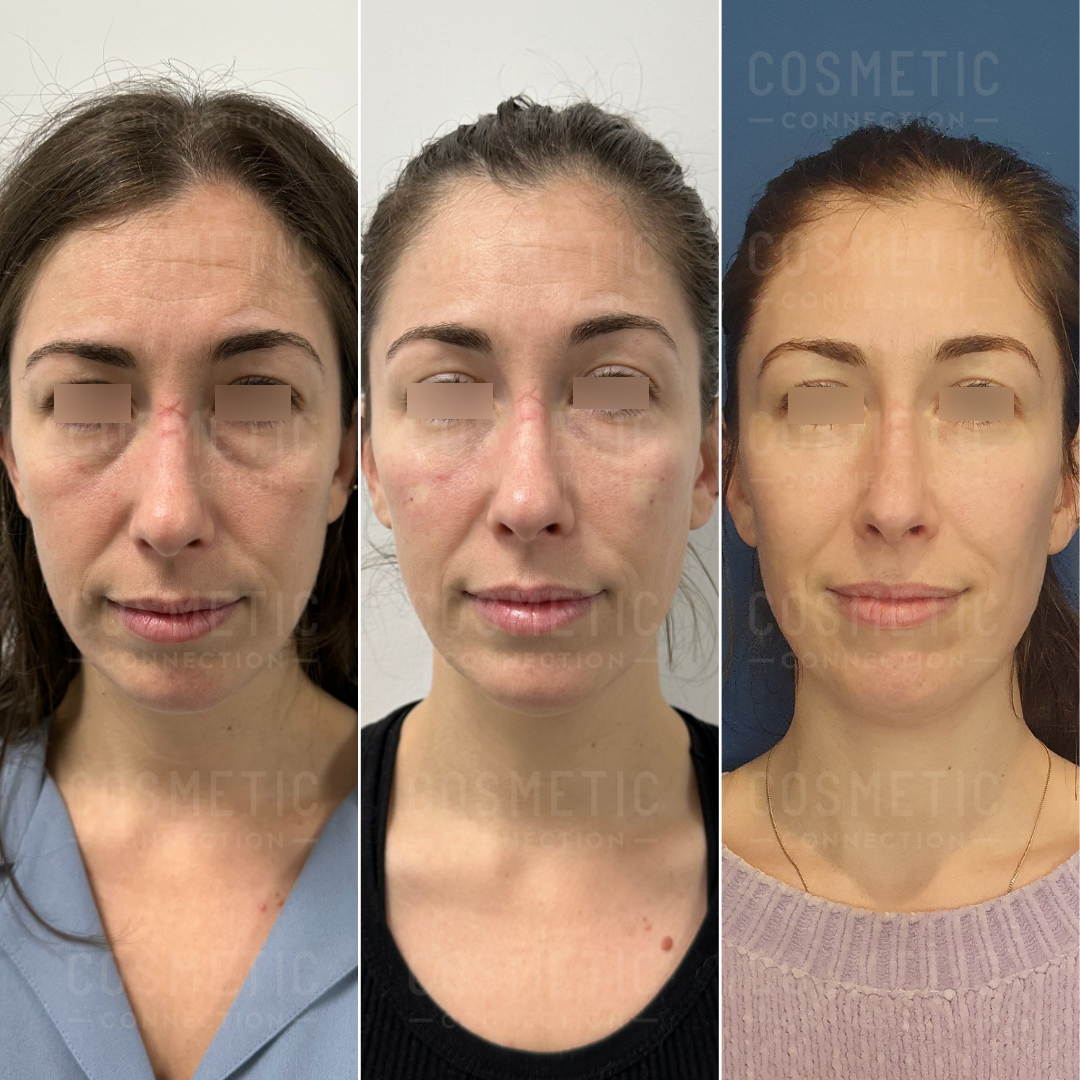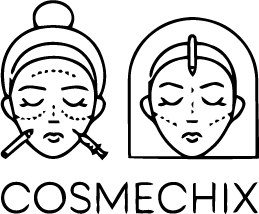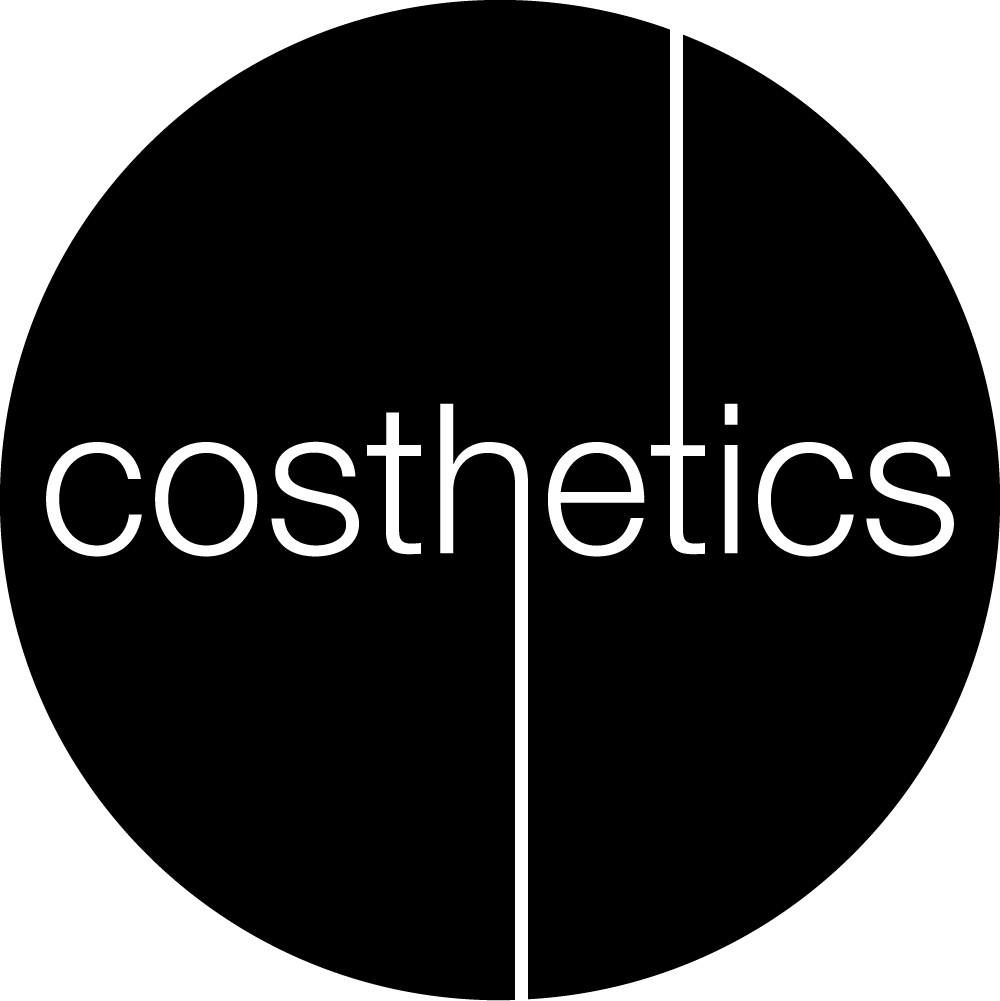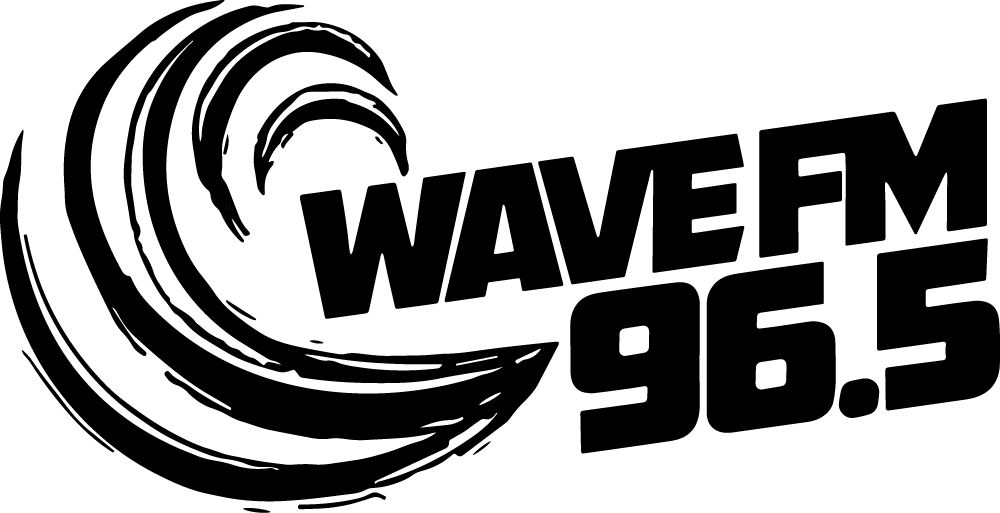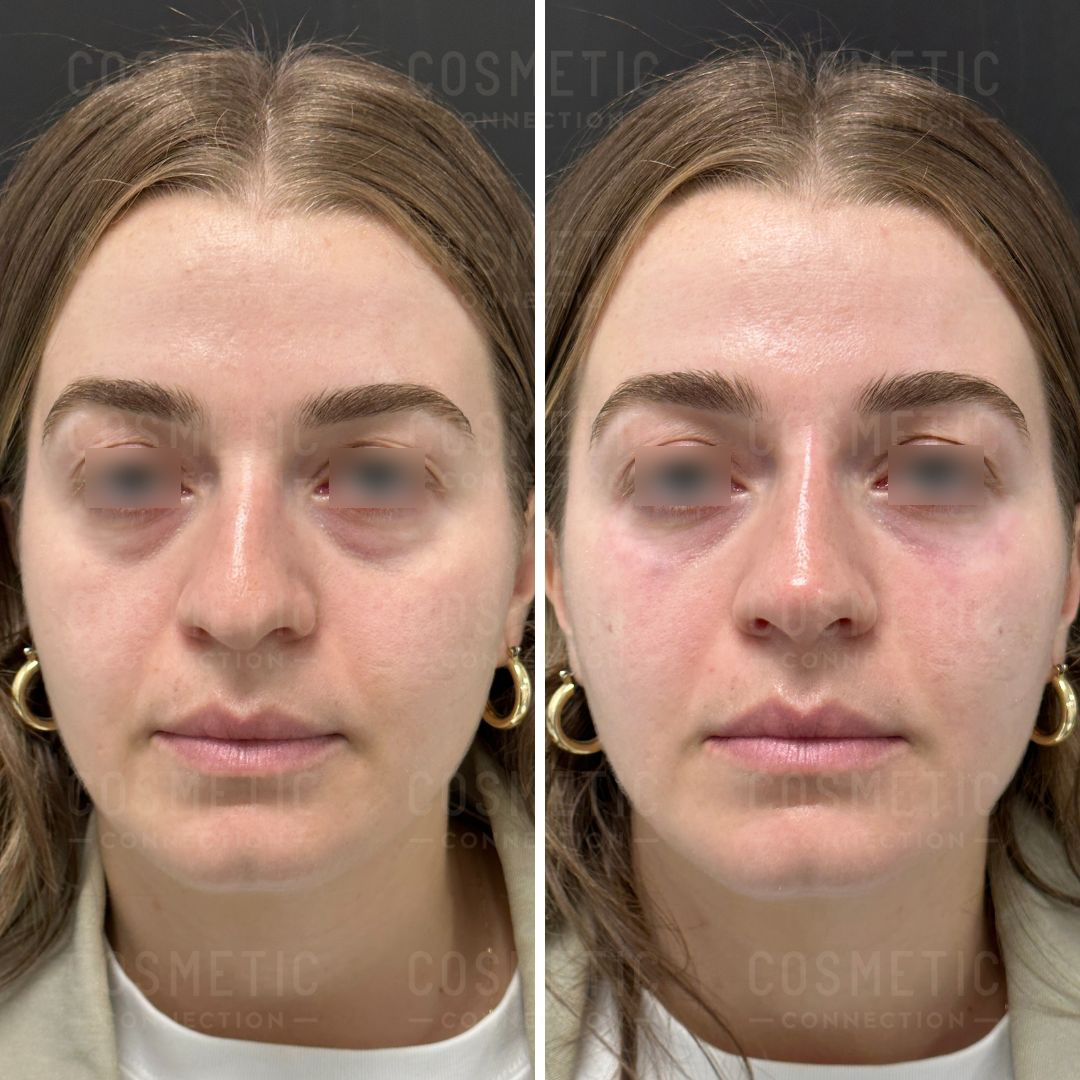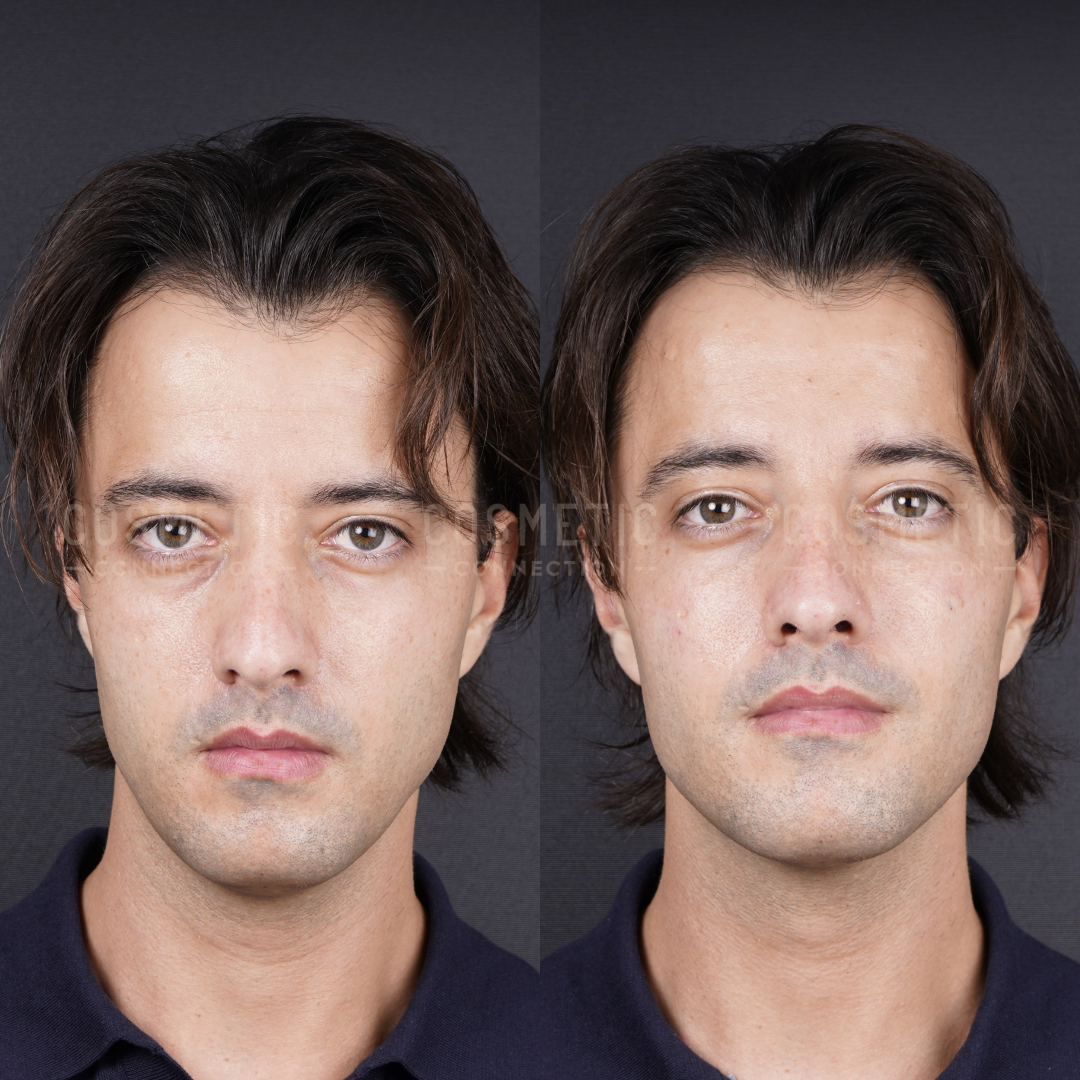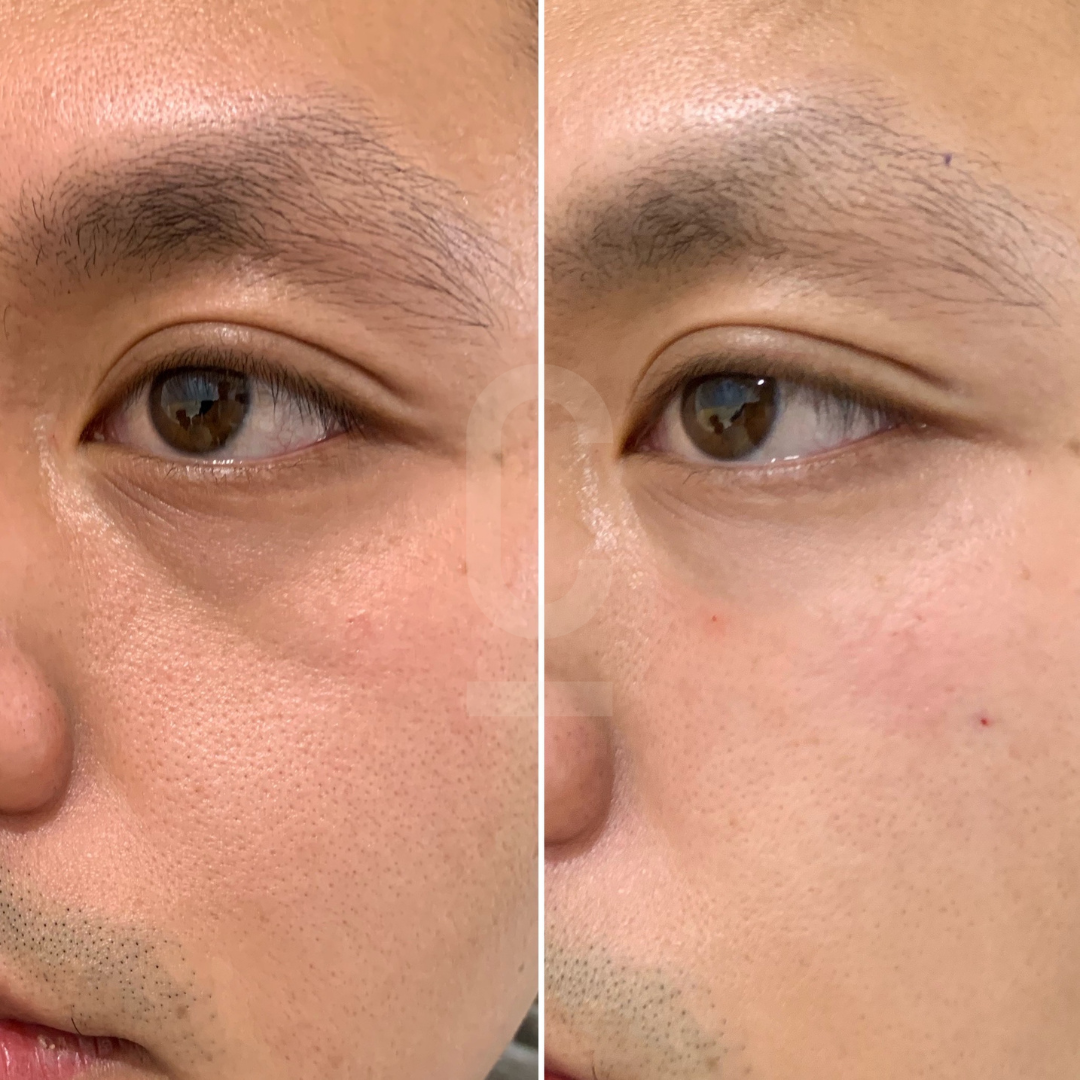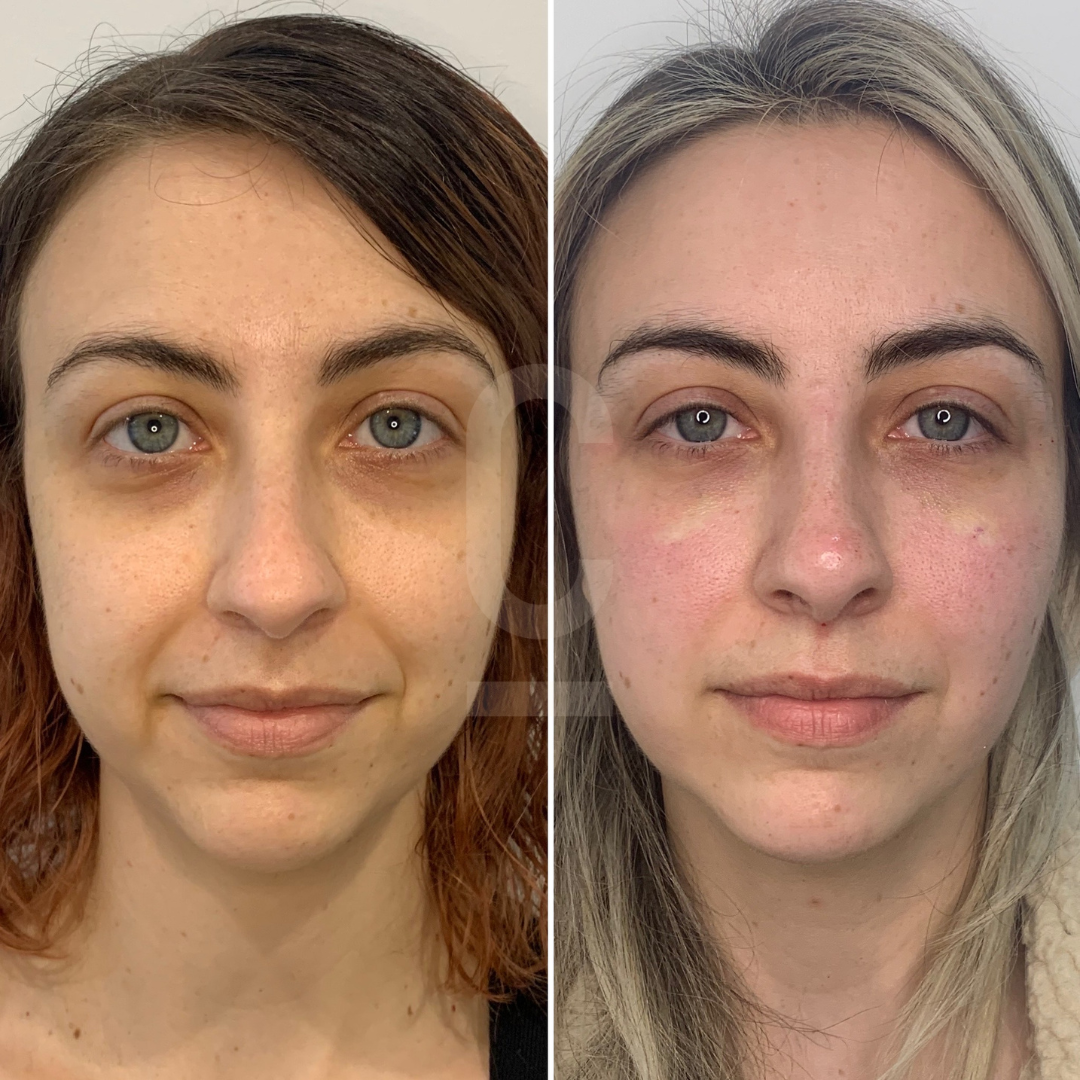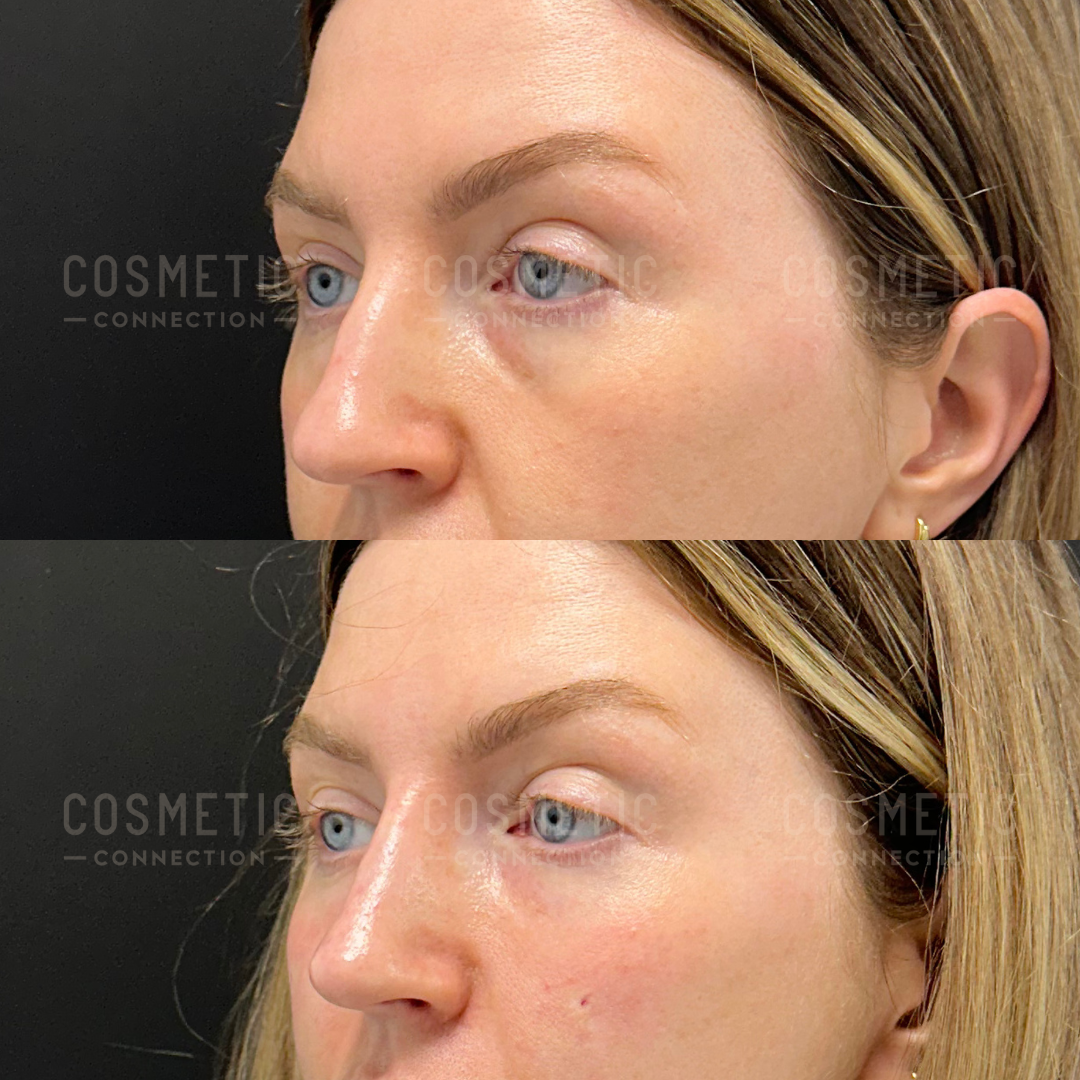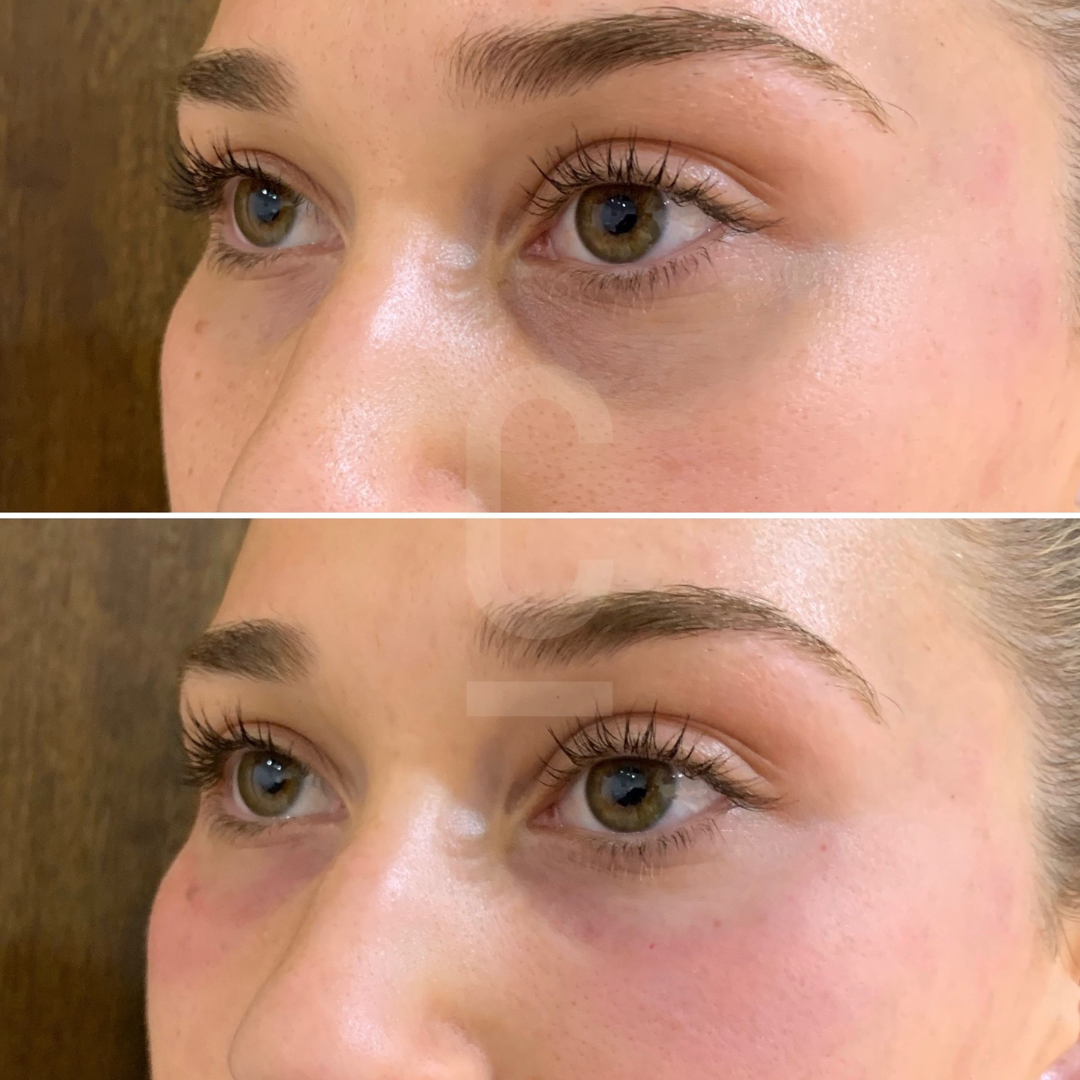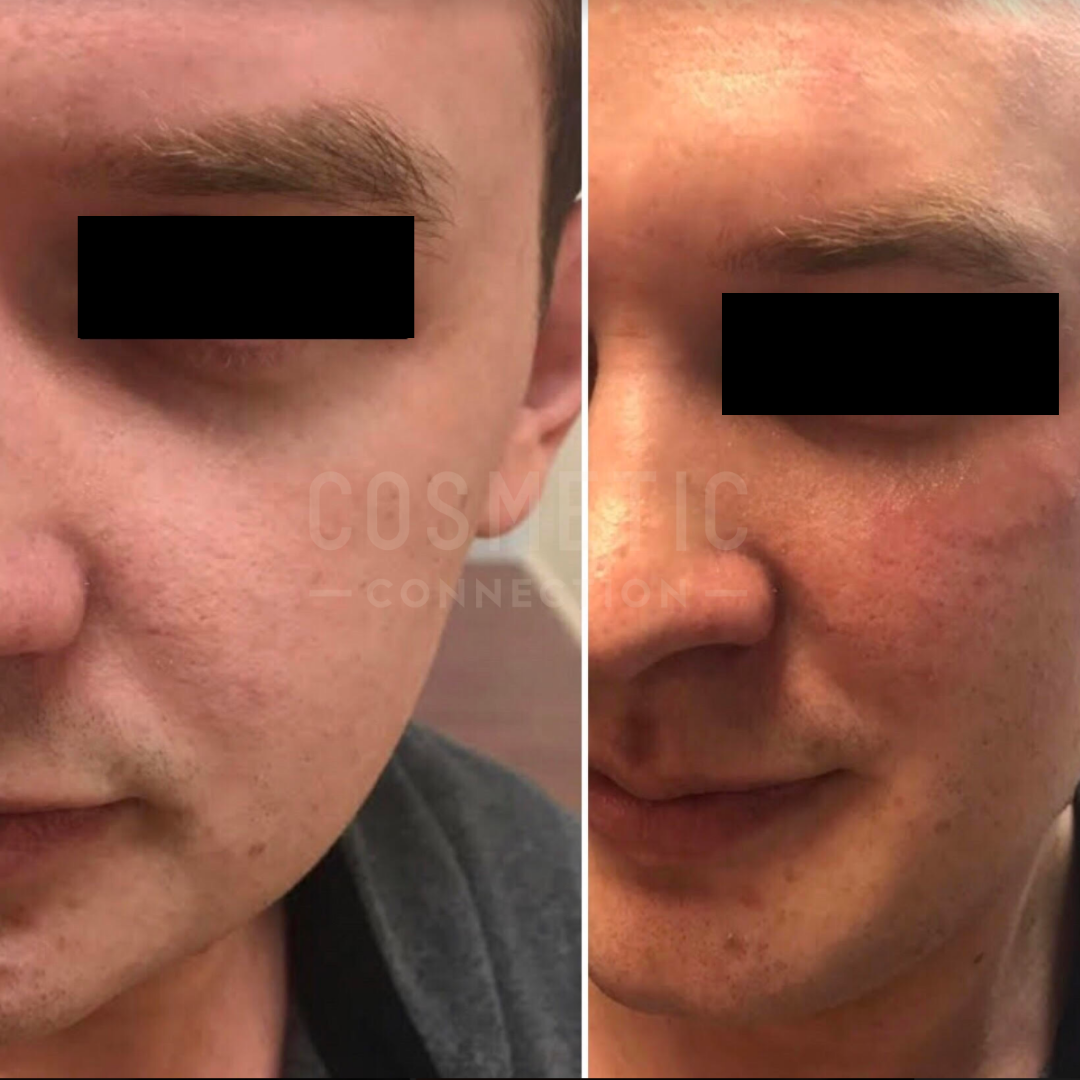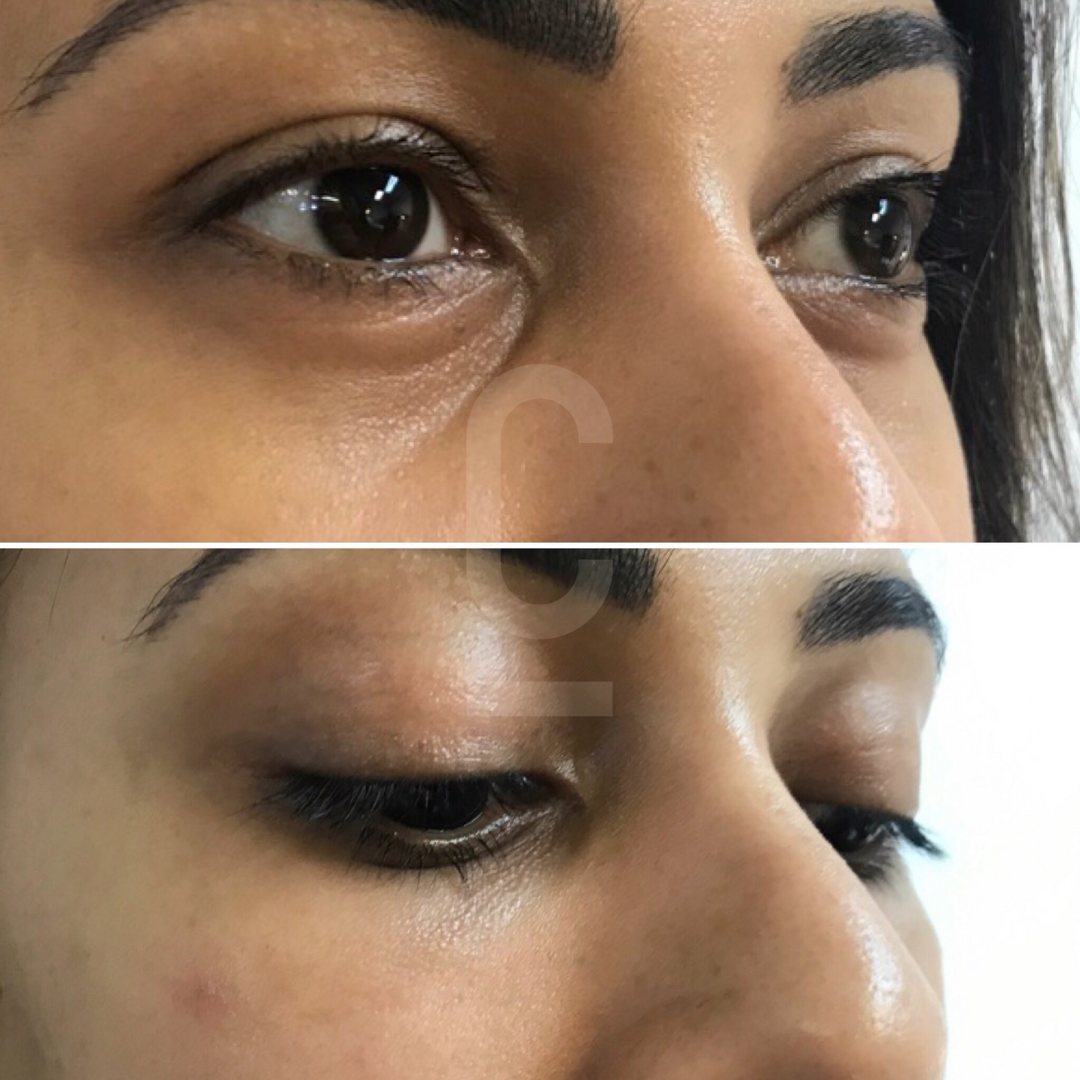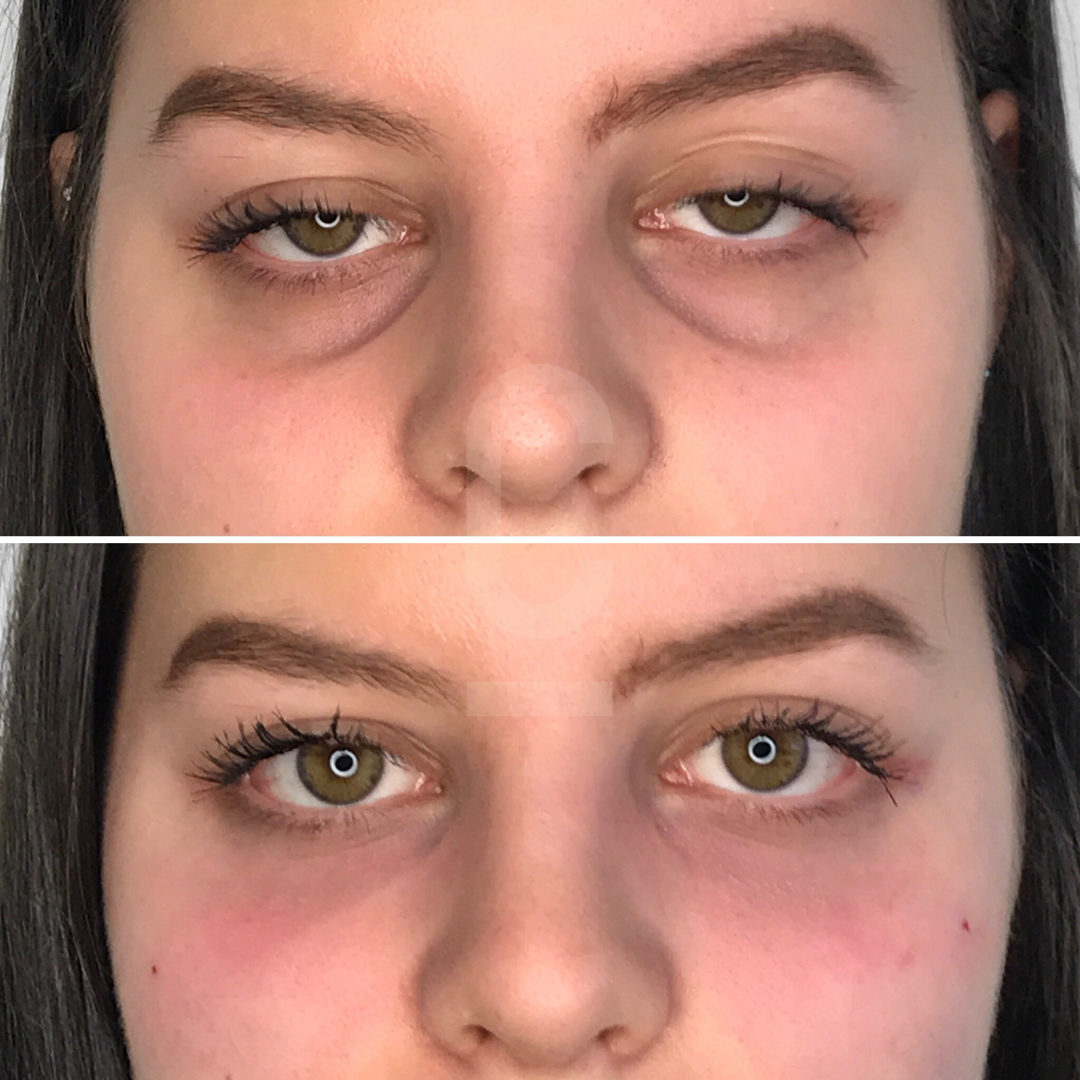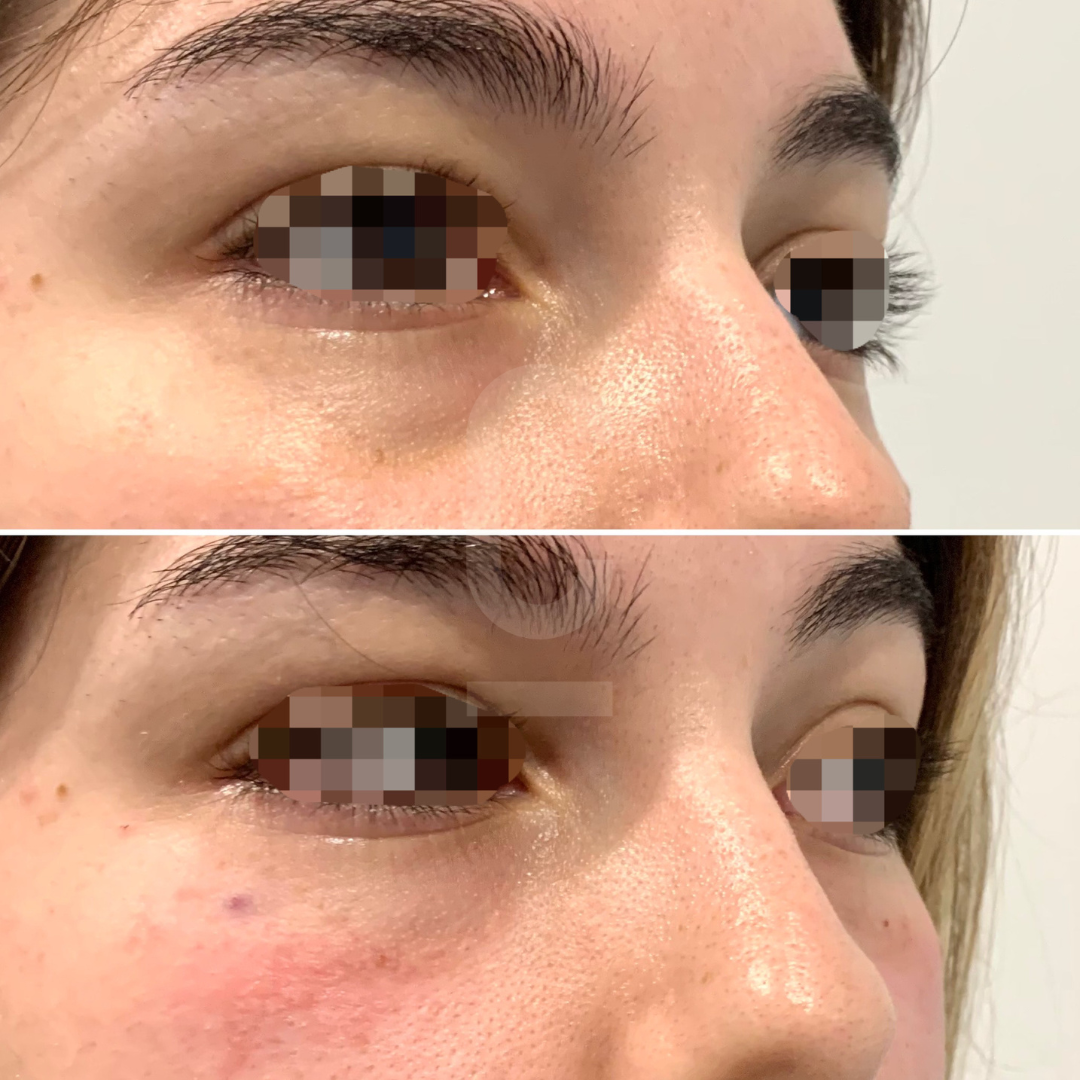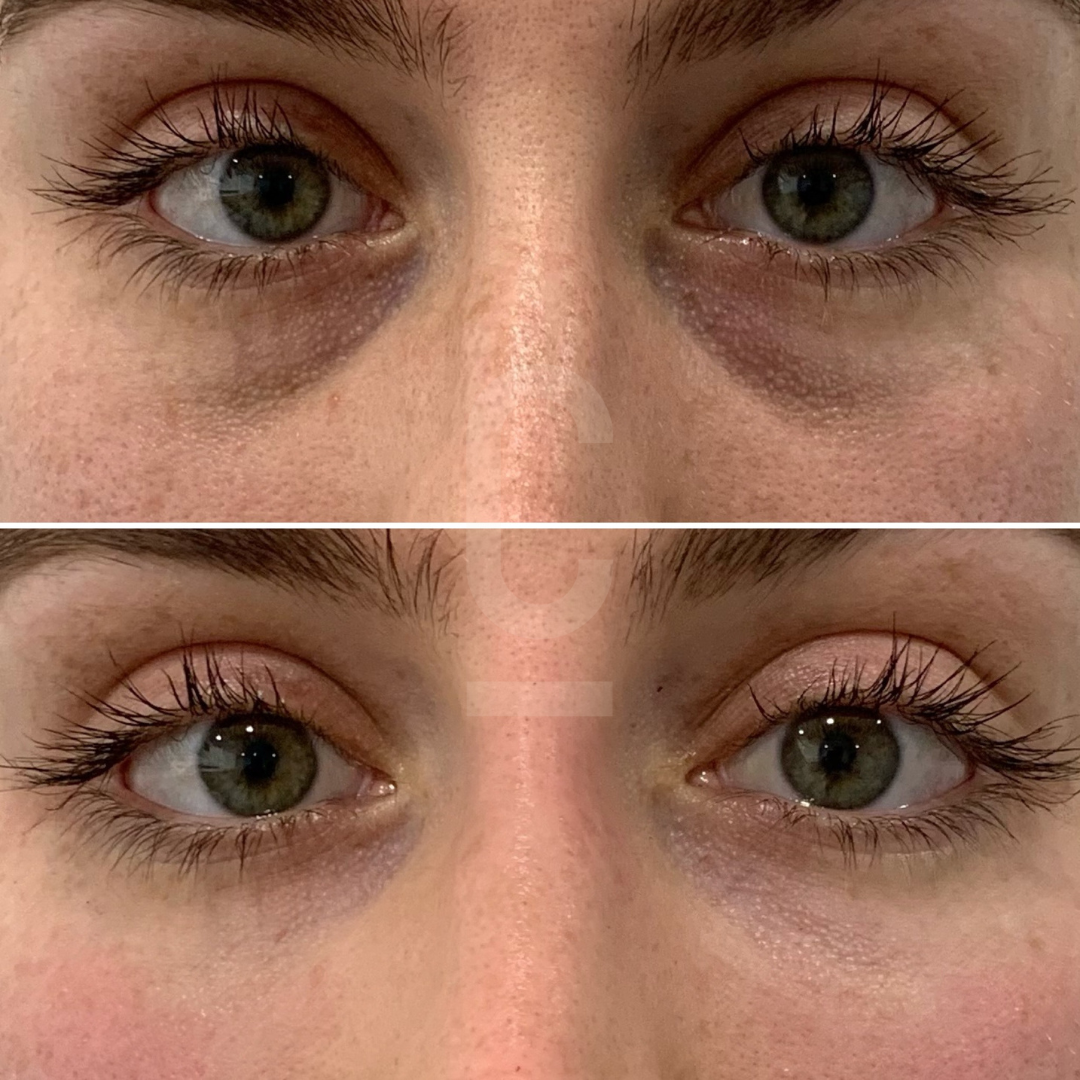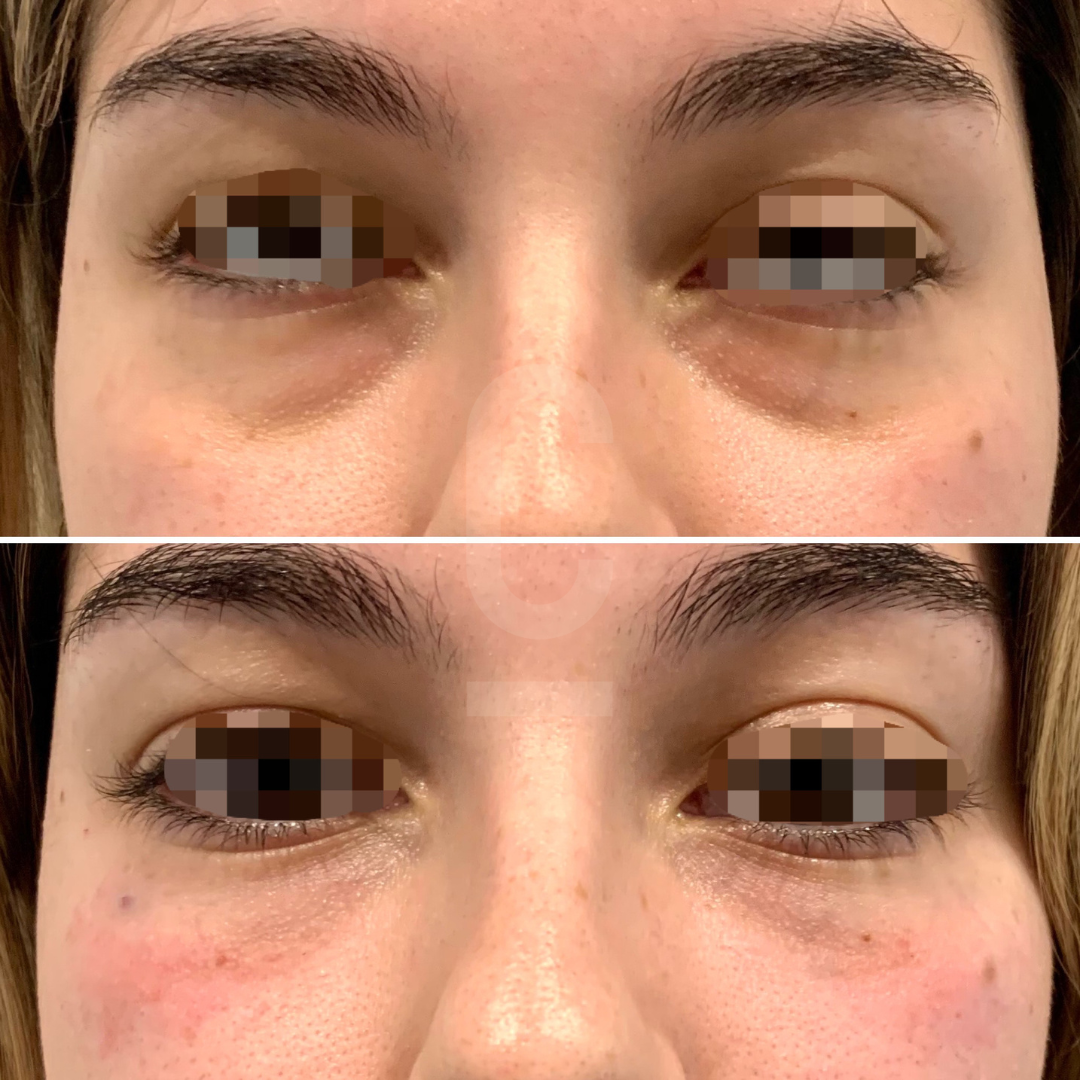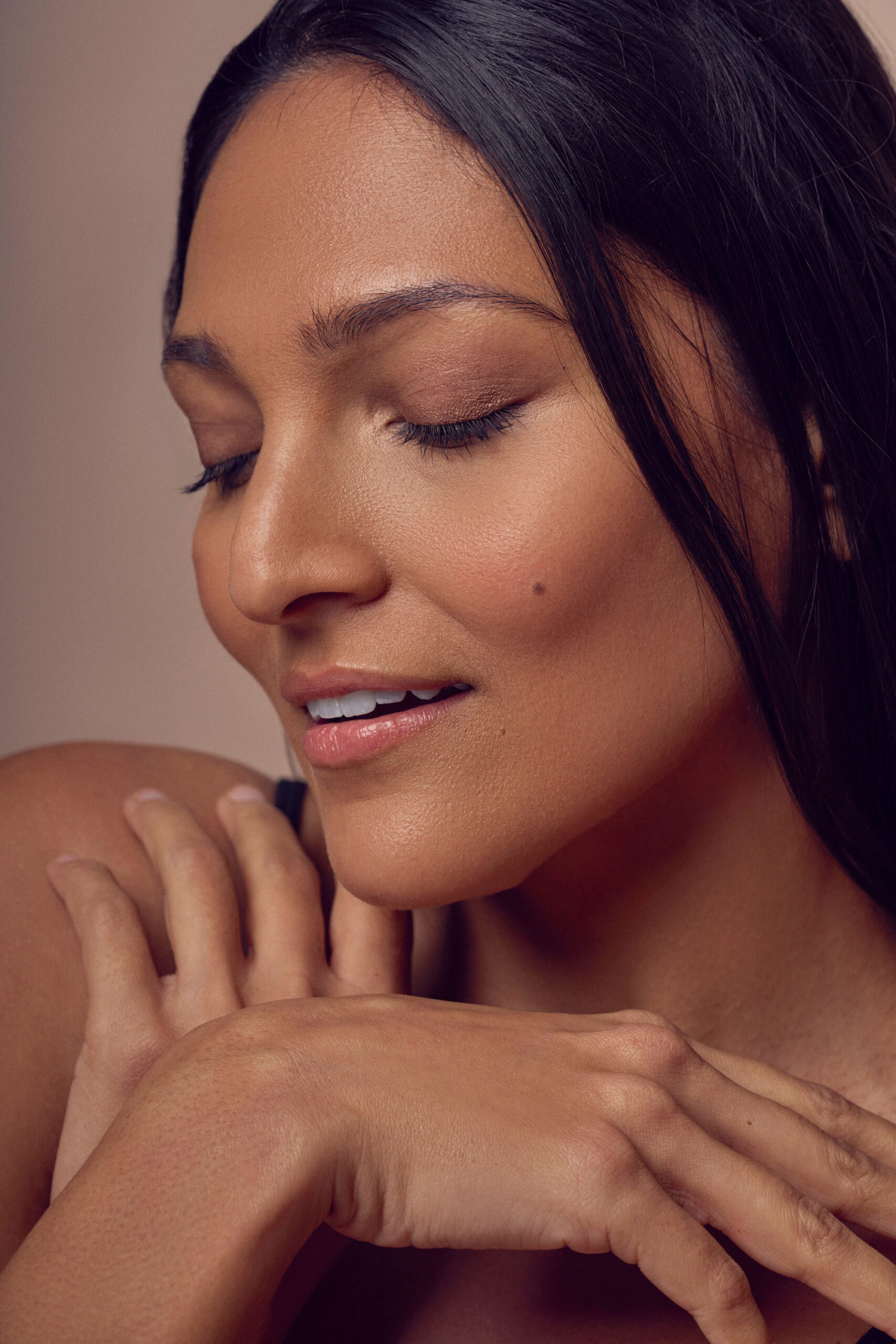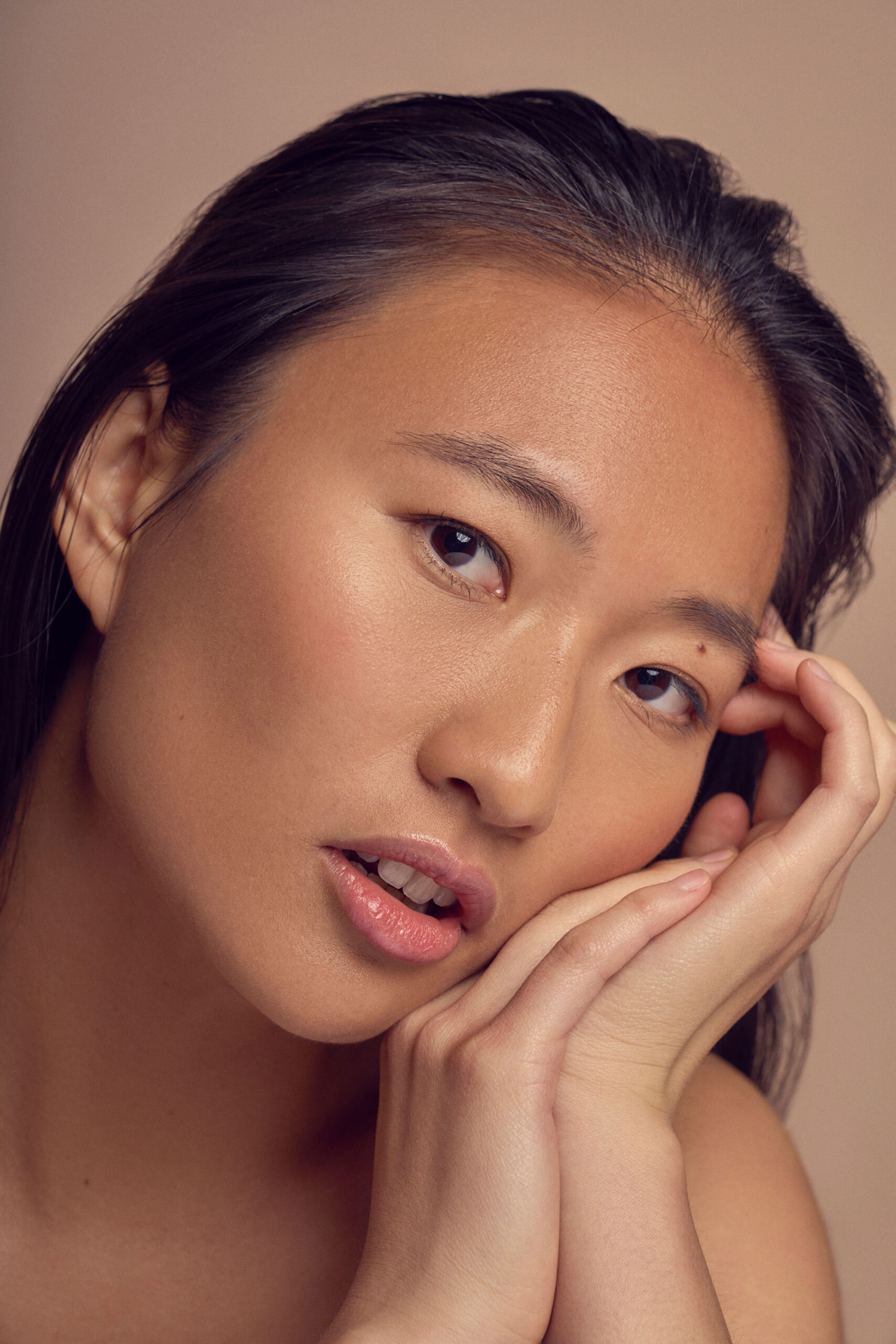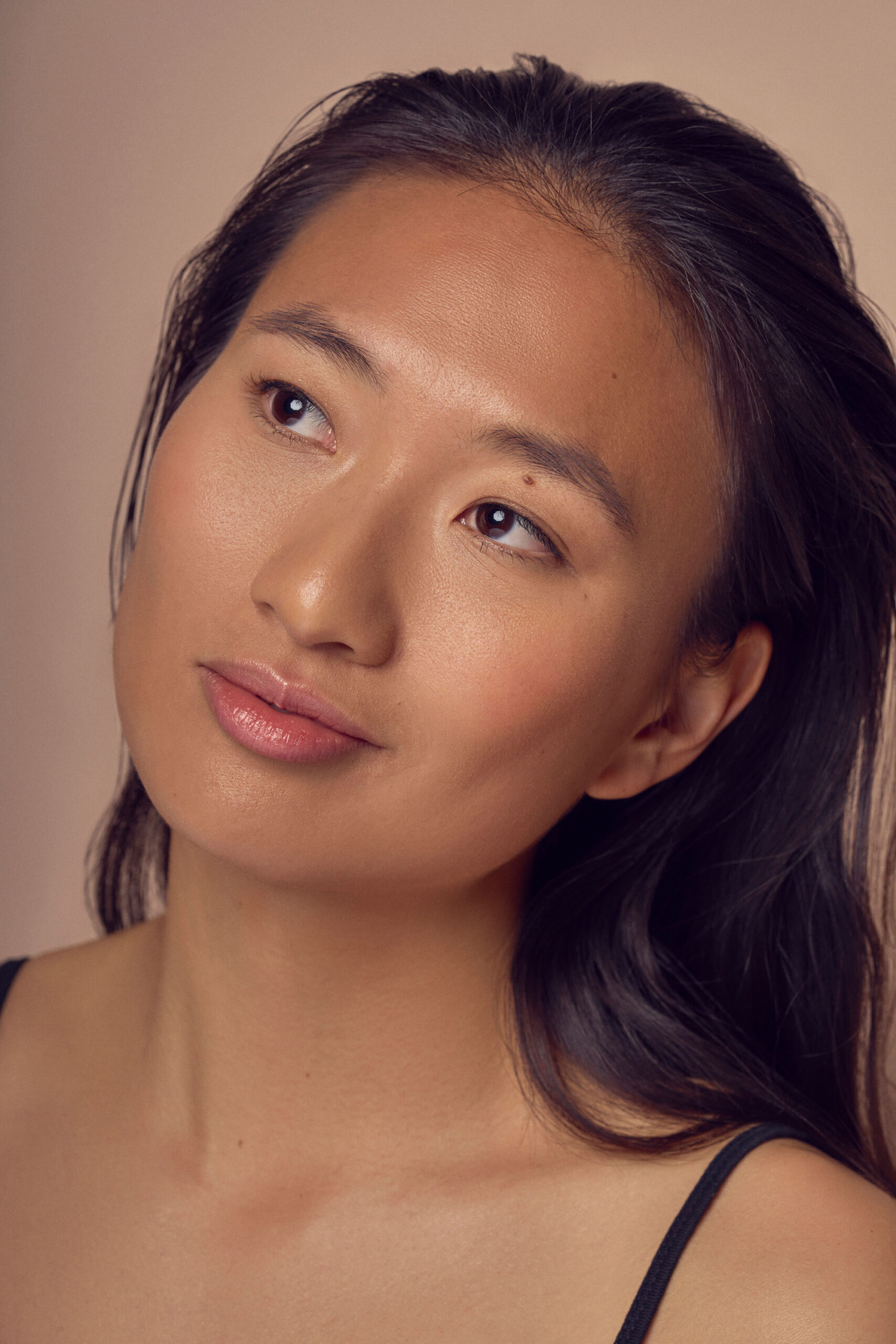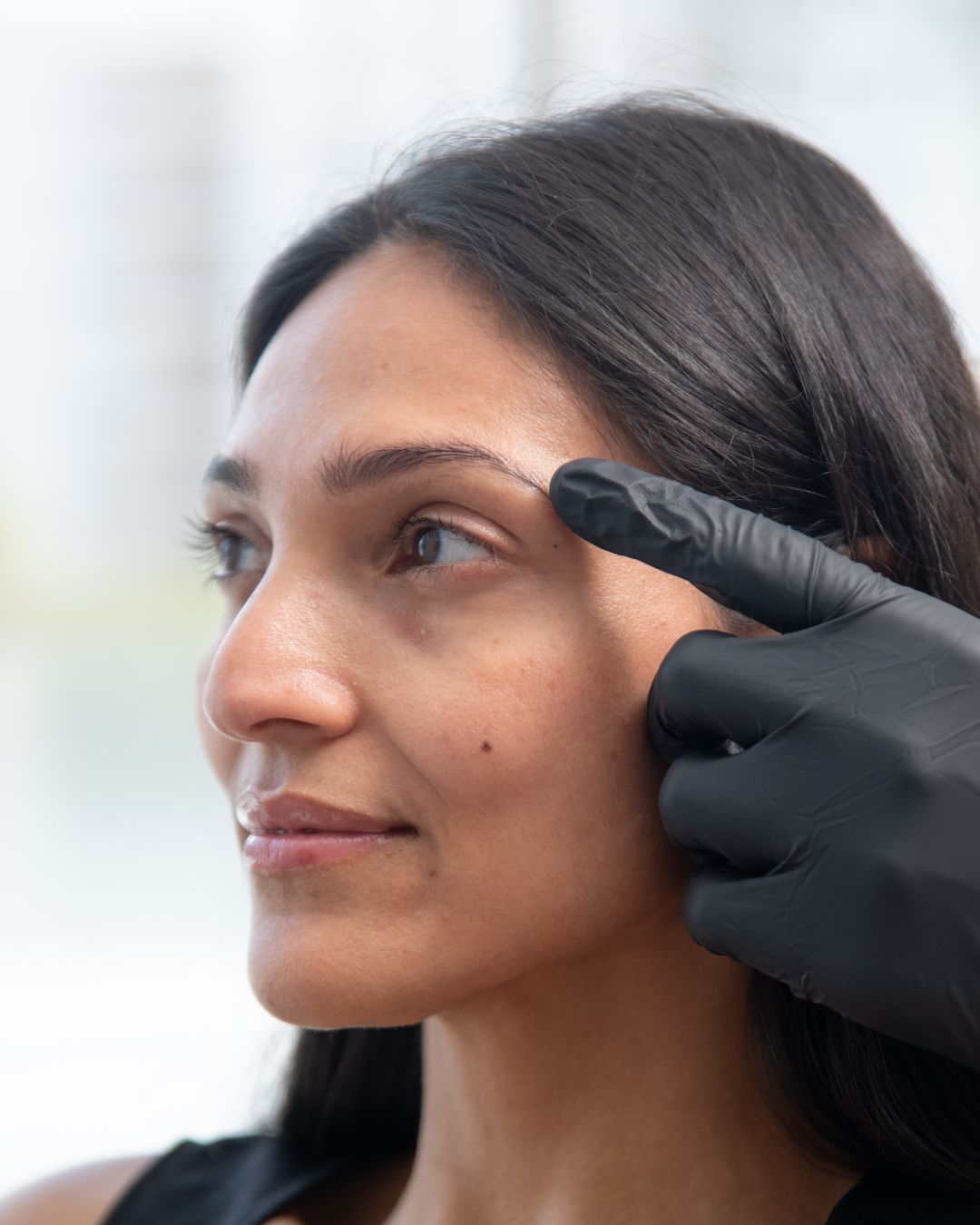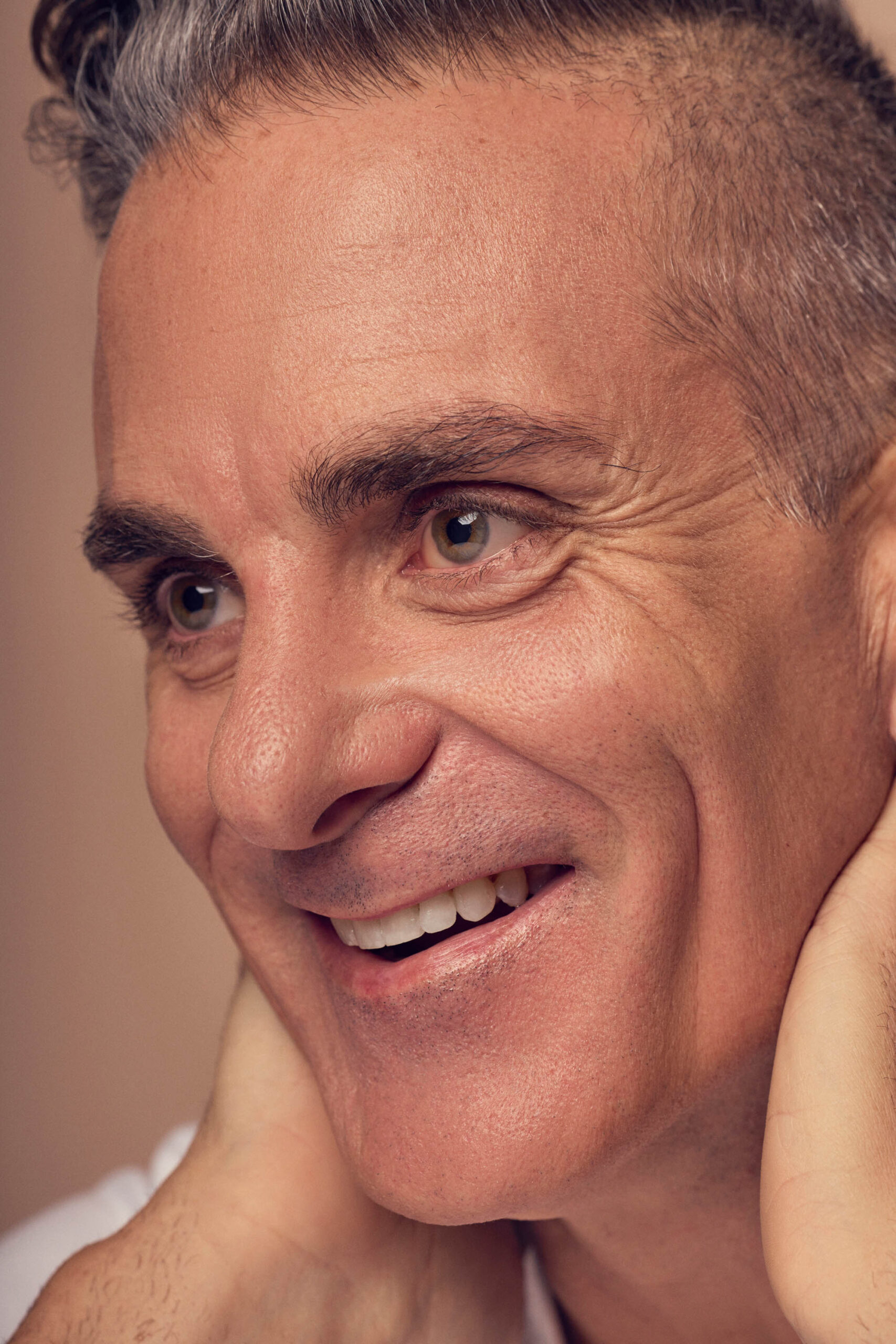Women & Men
Refresh tired under eyes
Convenient, seamless appointments
Doctor-led, non-invasive solutions
Natural, personalised refinements
Ongoing support to maintain bright, refreshed eyes
One all-inclusive price for volume-based treatments
Refresh under eye hollowness and dark circles for a brighter, rested look with personalised treatment and ongoing support from experienced medical professionals.
Start your booking process by providing us some details
As seen in
Refresh tired eyes, dark circles, and hollowness
Experience personalised care, with transparency and flexibility.
Personalised, Professional Treatment
Treat your under eye concerns with treatments that align with your preferences and lifestyle.
Natural-Looking Results
Our goal is to refresh your appearance with subtle changes that leave you looking well rested.
Simple, flat-fee pricing
One transparent price covers your entire under eye volume treatment, no matter your needs.
Flexible 16-Week Treatment Window
Refresh your look over time with package pricing for other treatments within 16 weeks—no lock-in.
Treatment info
Treatment objectives
Suitability
Preparation
Aftercare
Results

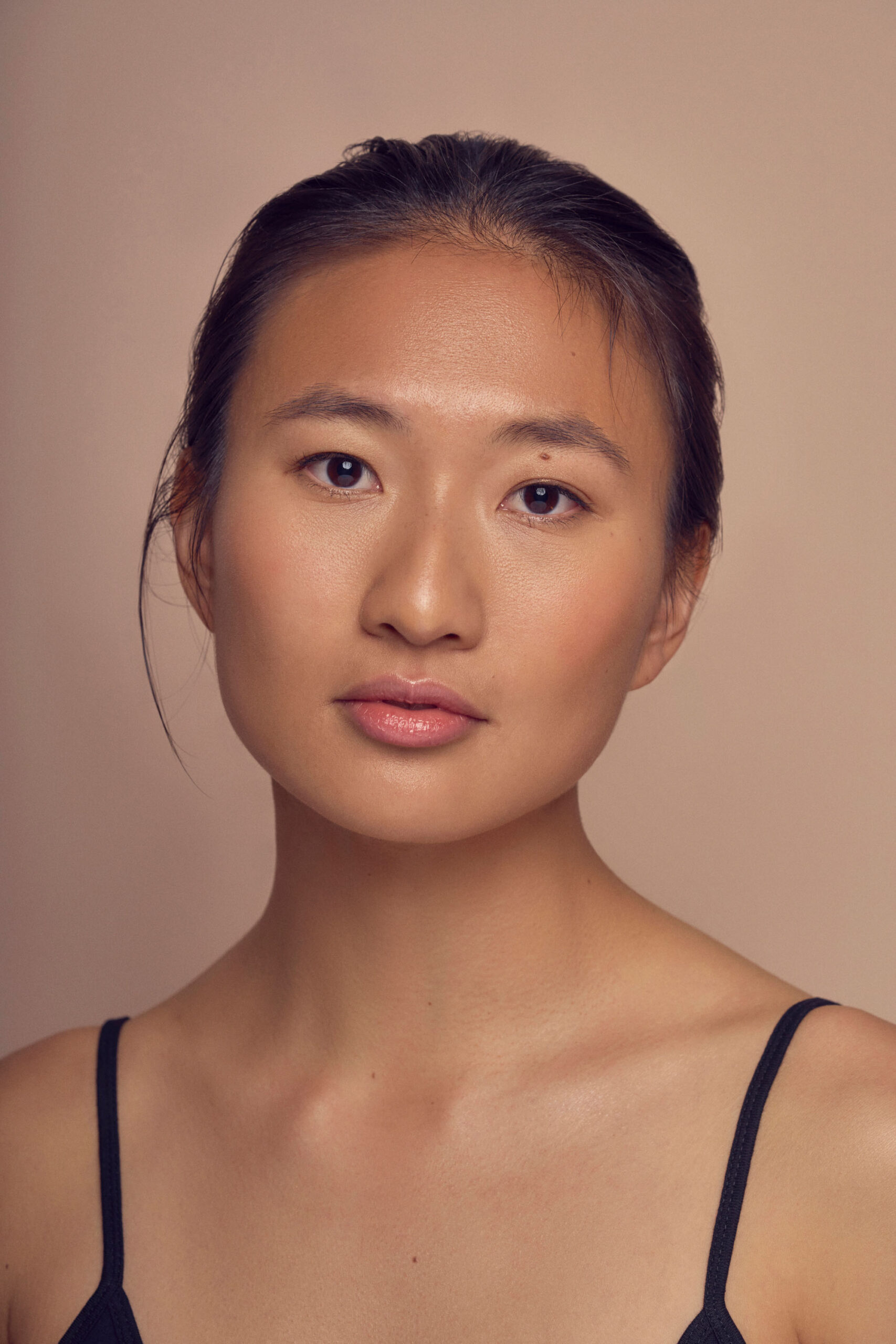
Your Experience
Step 1 of 4
See if you're suitable
Start by sharing a few photos and goals with us online. Our clinicians will assess your suitability and provide clear guidance on next steps.
You can then speak with our patient concierge to discuss treatment details and move forward when you feel ready.
Your Experience
Step 4 of 4
Enjoy brighter eyes
After your treatment, we provide clear, easy-to-follow instructions, so you can get straight back to your day.
Once healed, your under eyes will look brighter, smoother, and refreshed. You have the option to maintain your results if desired and suitable.
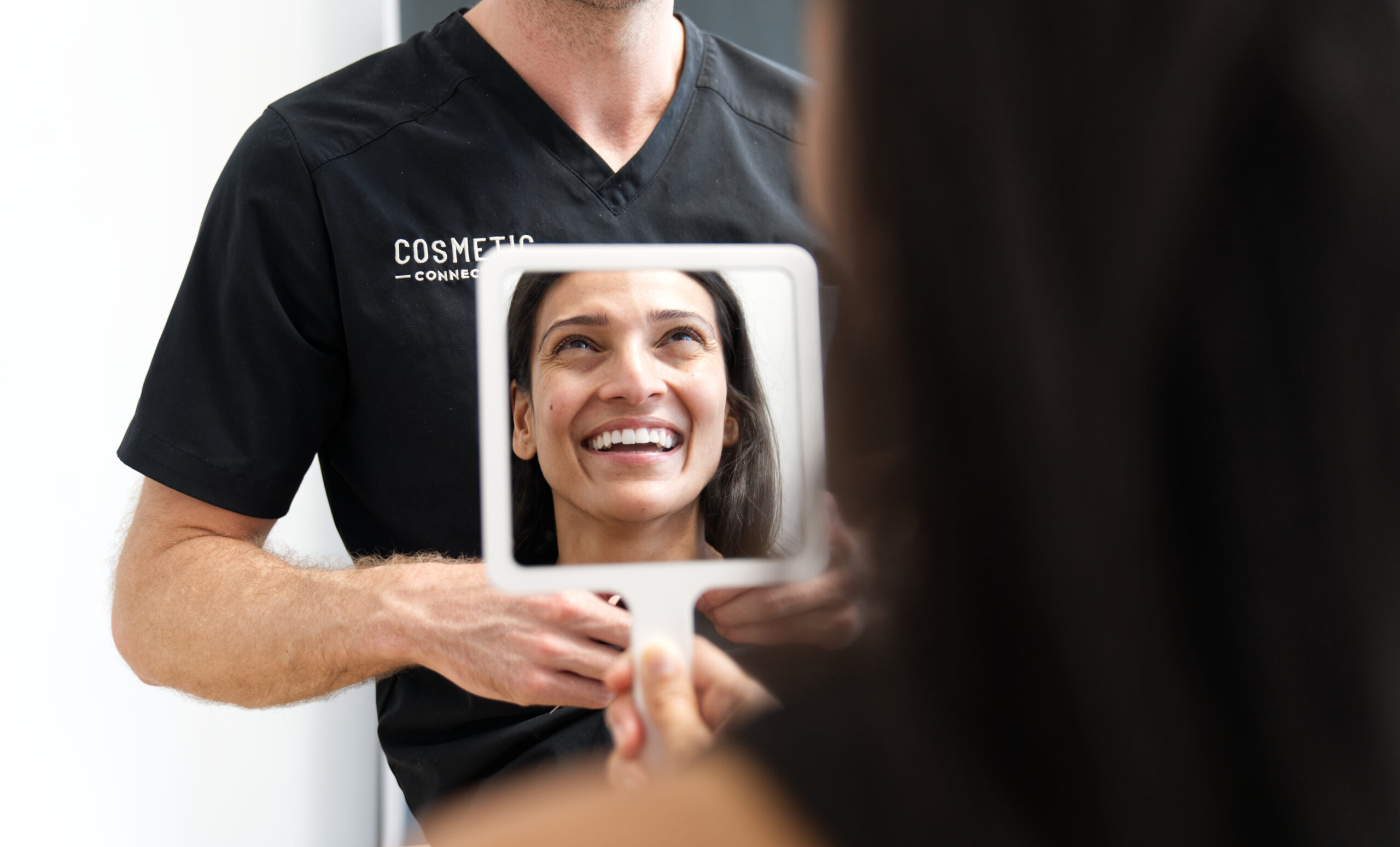
Why people trust us with their under eyes
Your treatment is performed in doctor-led, medical-grade clinics that follow strict safety and hygiene protocols, ensuring your privacy, comfort and wellbeing at every step.
We use only scientifically validated products, techniques and technologies — never trends or unproven methods — so you receive care you can trust.
Our clinicians stay up-to-date with best practice to deliver precise treatments and optimal results.
We prioritise what’s right for you. With us, you’ll receive personalised treatment recommendations–without any pressure or obligation to proceed with treatment.
With our standardised photography, we can plan your treatment collaboratively, while tracking your progress and results.
Enjoy transparent flat-fee pricing for volume treatment that covers everything required to achieve effective results—no surprises, no hidden costs.
Your satisfaction is one of our top priorities.
We back our treatments with guarantees because we’re confident in our results — and we want you to feel completely supported and reassured in your decision to move forward.

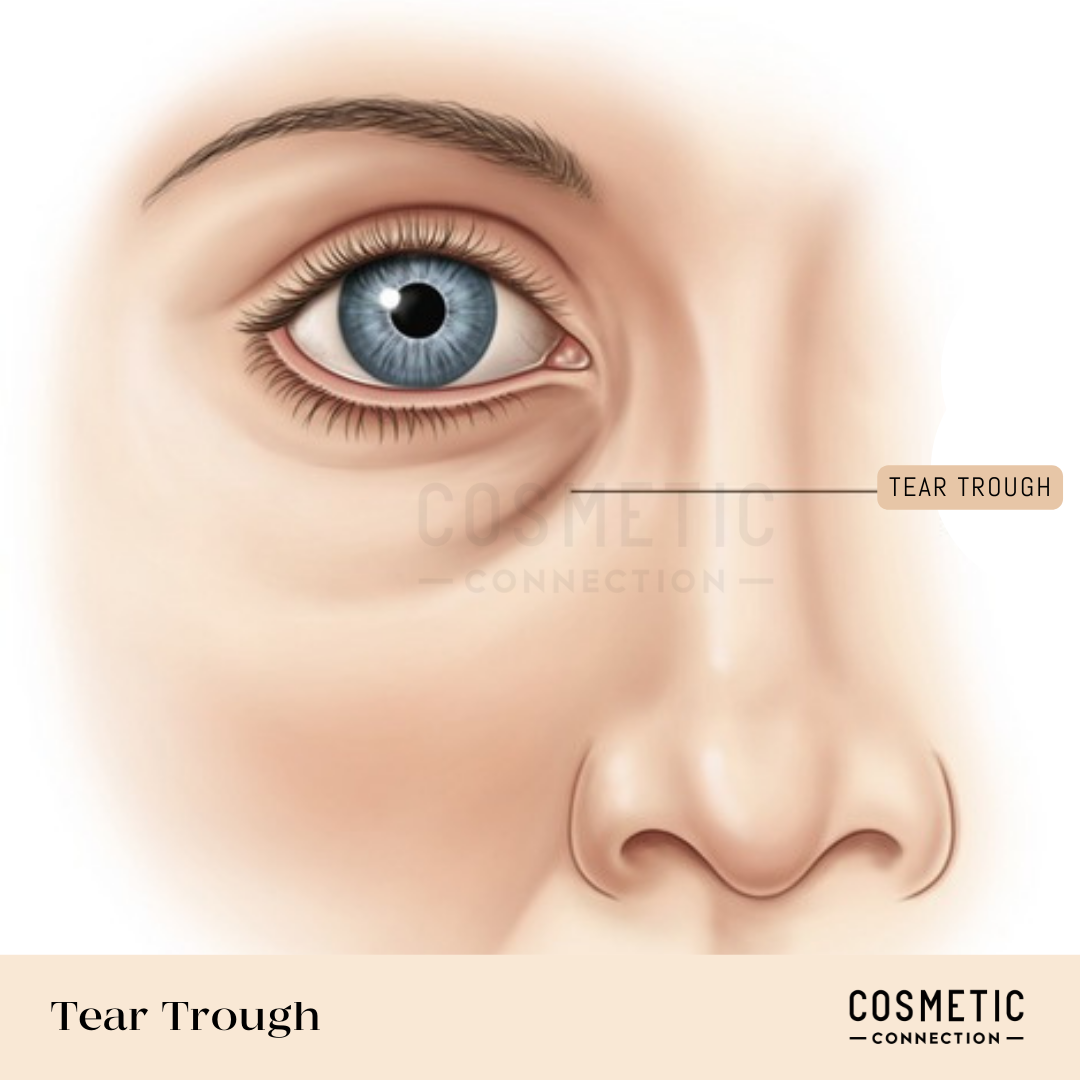
Have questions? We're here to help.
Get in touch and we’ll get back to you with the answers you’re looking for.
Dark under eye circles can be caused by:
- A naturally large orbit (eye socket)
- Loss of cheek volume, whether through changes over time, or from weight loss
- Thinning under eye skin
- Pigmentation of your under eye skin
- Allergies, eczema, and chronic sinus congestion that can cause skin irritation of your under eyes
- Genetics
There are various methods to reduce dark under eye circles.
Treatments typically work by addressing the underlying causes, which include hollowness, pigmentation, and thin skin.
A consultation is essential to determine suitability and the right treatment option.
There are various methods to reduce tear troughs
Treatments typically work by addressing the underlying causes, which include a lack of bone and fat.
A consultation is essential to determine suitability and the right treatment option.
The cost of under eye treatments varies depending on your individual needs, which can only be determined after an assessment. If you’d like pricing information, you can:
- Complete our free online suitability assessment for general pricing information.
- Schedule a consultation (free spots available in Sydney) for a personalised treatment plan and quote.
The best treatment depends on your specific concerns, anatomy, and your desired outcome. A consultation is essential to assess your under eyes and determine the most suitable option.
People’s experiences of discomfort vary, but most report only mild, brief discomfort with non-surgical under eye treatments.
Most treatments involve the use of numbing to minimise discomfort.
The time to results from under eye treatments depends on the specific methods used. Typically final results are visible within days to weeks for most non-surgical options.
After under eye treatments, the recovery period depends on the specific methods used, with most people experiencing slight redness and swelling for 1-2 days.
Under eye treatments are considered low-risk, however, like all medical procedures, side effects are possible.
Common side effects include mild redness, swelling and tenderness. Bruising is uncommon, and typically settles in a few days.
Rare risks include infections and injury to nerves and blood vessels.
